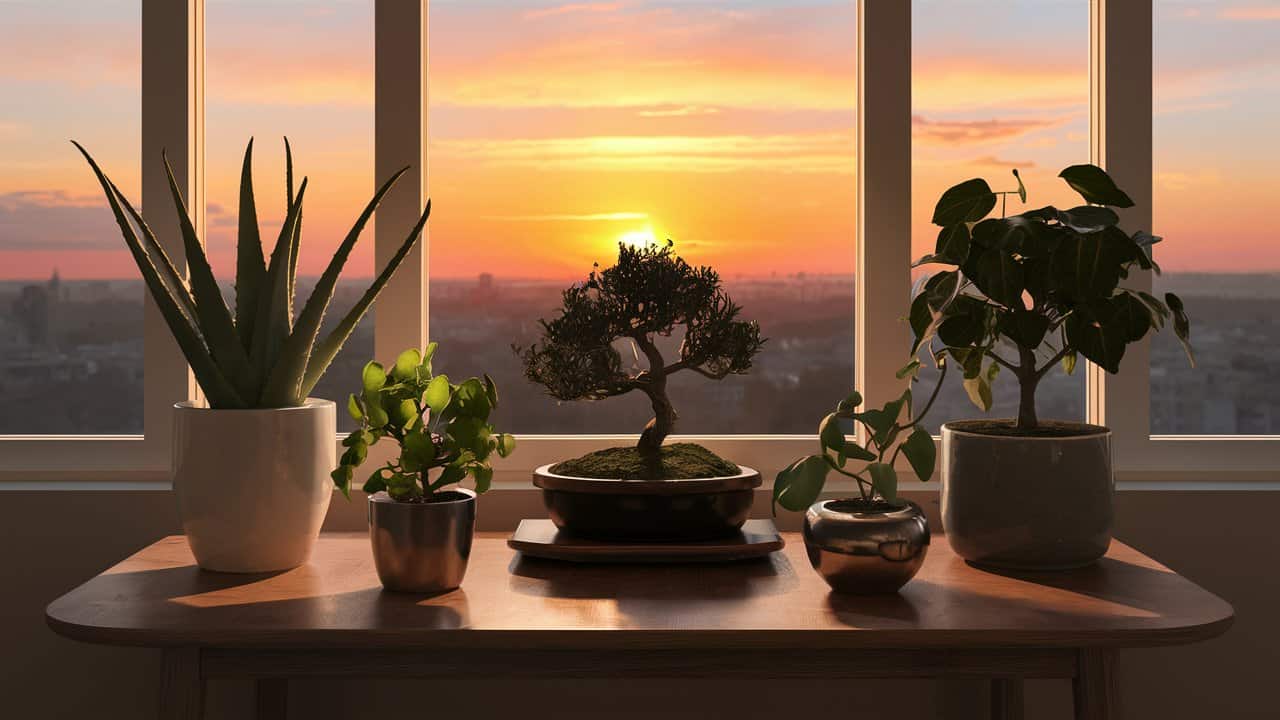Explore the world of superstition and discover 10 plants believed to bring bad luck. Whether you’re planning your garden or decorating your home, these plants might make you think twice.
Their reputations range from ancient folklore to modern myths, adding a touch of intrigue to your plant choices.
1. Tamarind Tree
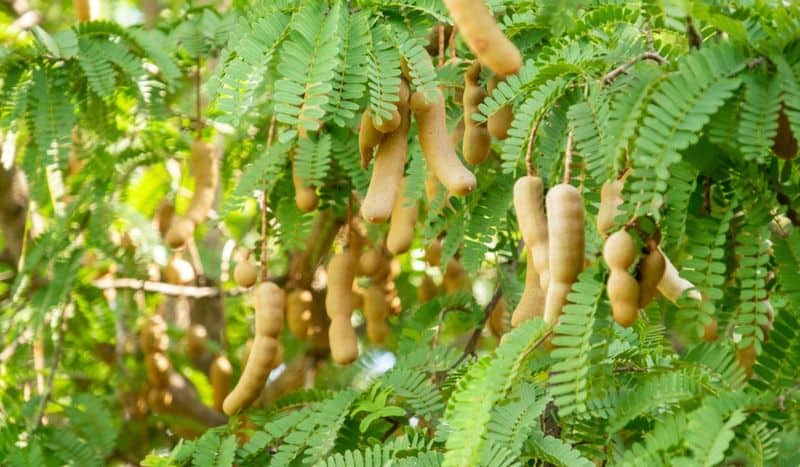
The tamarind tree is often linked to spirits and ghosts. In some cultures, it’s believed that planting it near your home invites bad luck.
The eerie rustling of its leaves at night adds to its mysterious reputation. Consider planting it away from living spaces.
2. Cotton Plant

In certain cultures, the cotton plant is associated with poverty and hardship. Its white blooms might look beautiful, but some believe they bring financial struggles if kept indoors.
If you’re considering cotton decor, think twice about its placement.
3. Bonsai Tree
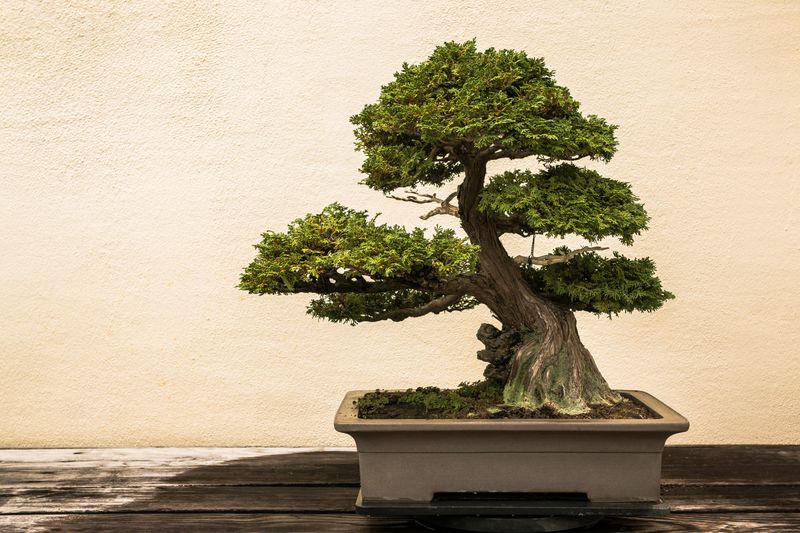
While bonsai symbolizes harmony, some believe it stunts personal growth. The art of bonsai involves restricting the tree’s growth, which might metaphorically limit life’s progress.
Display it mindfully, appreciating its artistry without letting superstitions overshadow.
4. Pothos
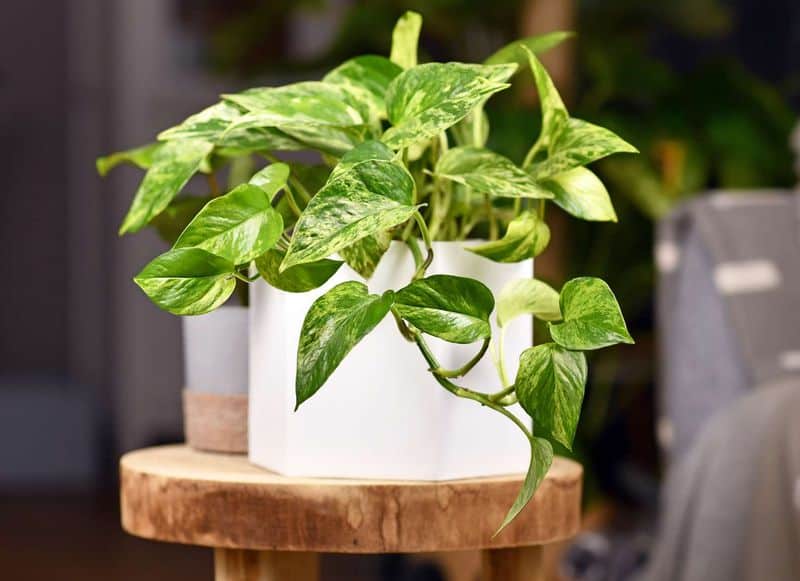
Pothos is a popular houseplant, yet some say it brings negativity. Its ability to thrive under low light is ironically seen as drawing in negative energy.
Placing it in well-lit spaces may counteract any supposed bad luck, letting its beauty shine.
5. Tamarillo
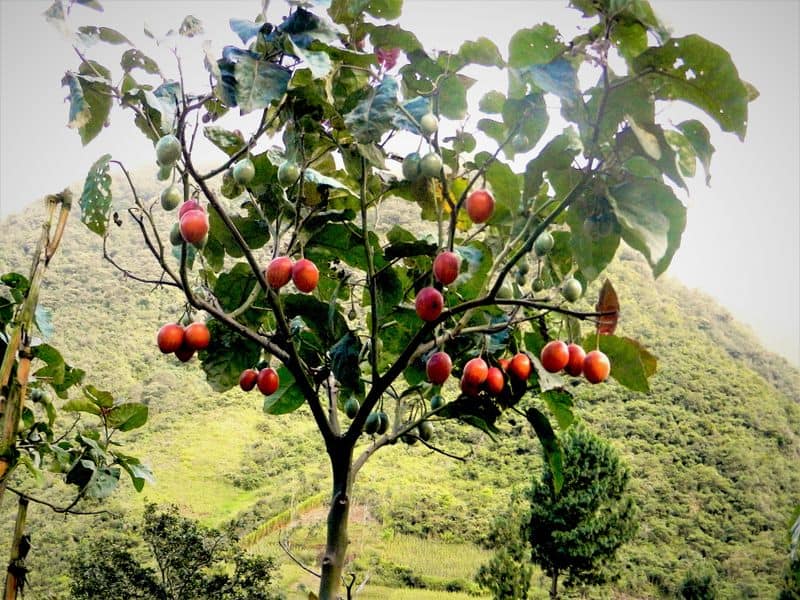
The tamarillo, or tree tomato, is rumored in some regions to bring misfortune if planted near homes.
Its striking fruits can attract unwanted attention from envious neighbors. Plant it in communal gardens to enjoy its beauty without the supposed risks.
6. Oleander
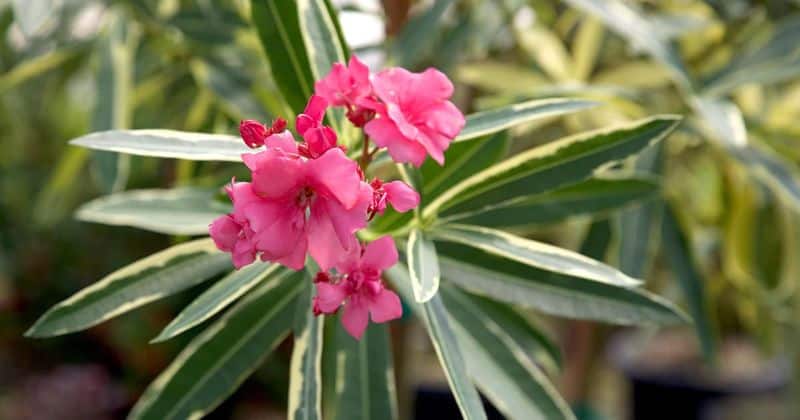
Oleander’s beauty hides its toxic nature. Legends warn of personal misfortune if it’s planted too close to living quarters.
Its toxicity is a real concern, so it’s wise to handle with care, keeping it away from pets and children.
7. Weeping Fig
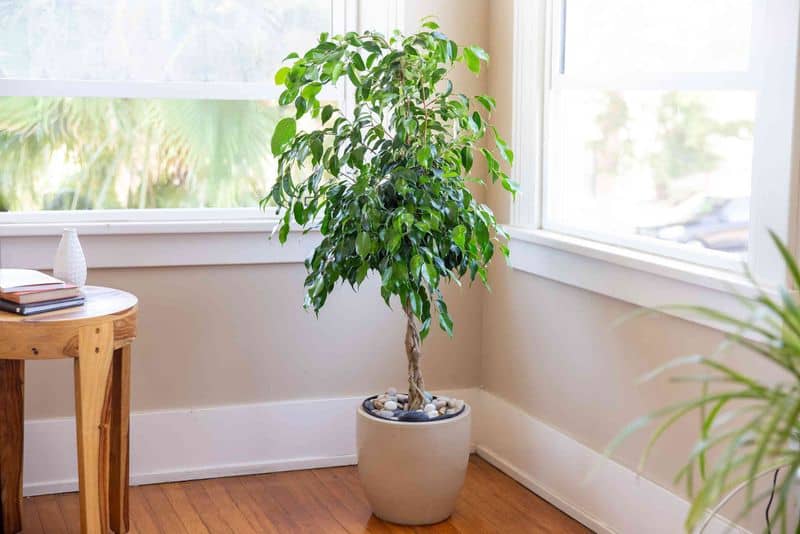
Known for shedding leaves, the weeping fig is linked to loss and grief. This trait might symbolize relationship challenges, making it a controversial indoor plant.
Regular care and attention can help mitigate these negative associations.
8. Jasmine
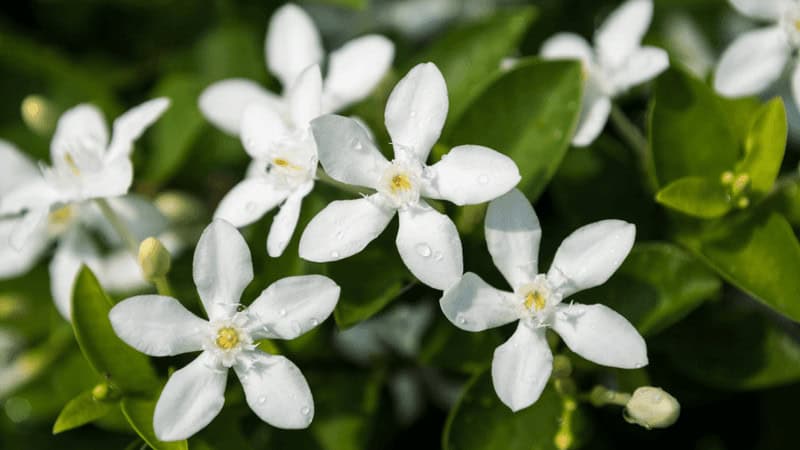
Jasmine’s enchanting scent often masks its reputation for stirring romantic troubles. In some traditions, it’s believed to disrupt love lives if grown indoors.
Enjoy its fragrance in outdoor spaces where its captivating aroma can thrive uninhibited.
9. Cactus
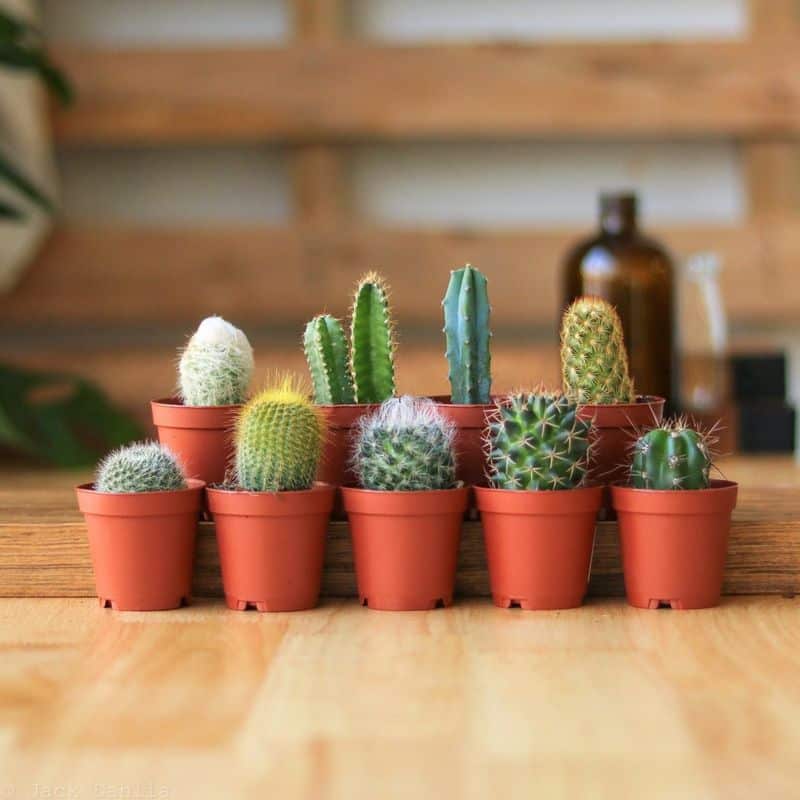
The cactus’s prickly exterior is thought to repel positive vibes. Its sharp spines are seen as barriers to happiness and luck.
Place them outside the main entrance to ward off negative energy while still enjoying their unique form.
10. Aloe Vera
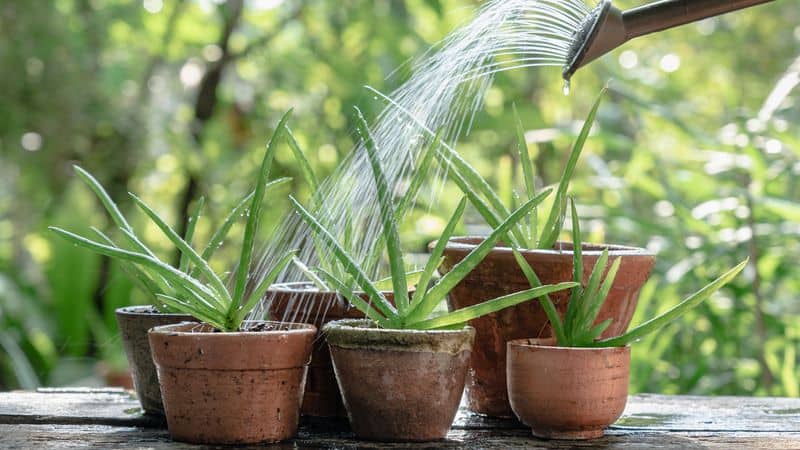
Despite its healing properties, aloe vera is sometimes linked to bad luck when placed indoors. Beliefs suggest it may absorb negative energy.
To balance its benefits and superstitions, position it near windows where it can cleanse the air naturally.

